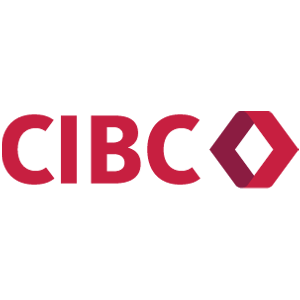How to Choose the Right Type of Mortgage
Buying a home for the first time can be an interesting experience. You’ll likely spend many evenings and weekends scouting real estate listings in order to find the right place. It’ll probably also be the first time you try to get a mortgage.
You can save thousands of dollars by choosing the right type of mortgage and by getting the best mortgage rate so you should educate yourself before you decide to become a homeowner.
Here’s a quick overview of mortgage basics:
High-ratio and conventional mortgages
If you want to buy a home in Canada, you have to make a down payment of at least 5%. When your down payment is under 20%, you’ll get what’s called a high-ratio mortgage. That means you need to get mortgage default insurance (also called CMHC insurance), which protects the lender in the case you’re unable to make your regular payments. The premiums are based on the size of your down payment and are included in your regular mortgage payments.
Read:The Differences Between Mortgage Default Insurance and Mortgage Life Insurance
There are some restrictions, however, on the types of properties that can be financed with a high-ratio mortgage. For example, they can’t be used for rental properties or a home costing more than $1 million. Also, the amortization period can’t be more than 25 years.
If you make a down payment of 20% or more, you’re eligible to get a conventional mortgage (or low-ratio mortgage). As a result, you’re considered to be a low-risk borrower and you don’t need to get mortgage default insurance.
Fixed-rate and variable-rate mortgages
When you’re getting a mortgage, you must pick either a fixed or a variable rate.
A fixed rate is usually more popular because your rate will stay the same over the mortgage term. For example, if you get a five-year fixed-rate mortgage with a rate of 2.5%, the interest rate will always stay the same during that five-year period. A fixed rate is ideal for someone who wants their rate and mortgage payment to remain unchanged. Over time, more of your money will go towards your paying your principal.
On the other hand, a variable-rate mortgage can change during the mortgage term. The rate is based on a lender’s prime rate. The variable rate is based on the prime rate plus or minus a certain percentage. For example, if the prime rate is 2.7% and the mortgage rate is prime minus 0.5 percentage points, the actual mortgage rate will be 2.2%.
The prime rate, however, tends to fluctuate. A lender’s prime rate is based on the Bank of Canada interest rate. If the economy isn’t doing well, the bank will typically reduce rates. As a result, your lender will reduce its prime rate and your mortgage rate will decrease. Your mortgage payment will typically remain the same and more of your money will go towards paying down the principal while less will go towards paying interest.
But if the economy is strong, the Bank of Canada will usually raise rates, in what's called a Bank of Canada interest rate hike. Although your mortgage payment will typically stay the same, more of your money will go towards paying down interest and less will go towards the principal.
Open and closed mortgages
There’s another option when choosing a mortgage, which is deciding between an open or closed mortgage.
The most common one is a closed mortgage. Rates for the mortgage term are typically lower than open mortgages. However, the amount of additional payments (called prepayments) are limited and you’ll be charged a large fee if you break your mortgage early.
An open mortgage allows you to pay off your loan early without paying any fees. This is a good option if you think you’ll be able to make additional payments during the term. You should be aware that open mortgages usually have a higher interest rate because there aren’t fees to pay if you make a prepayment.
The bottom line
The amount of your down payment will determine whether you’ll get a conventional or high-ratio mortgage. But you do have the option of getting a fixed-rate or variable-rate mortgage and either an open or closed mortgage. If you’re unsure what is best for you, talking to a mortgage broker can make the decision-making process much easier.
